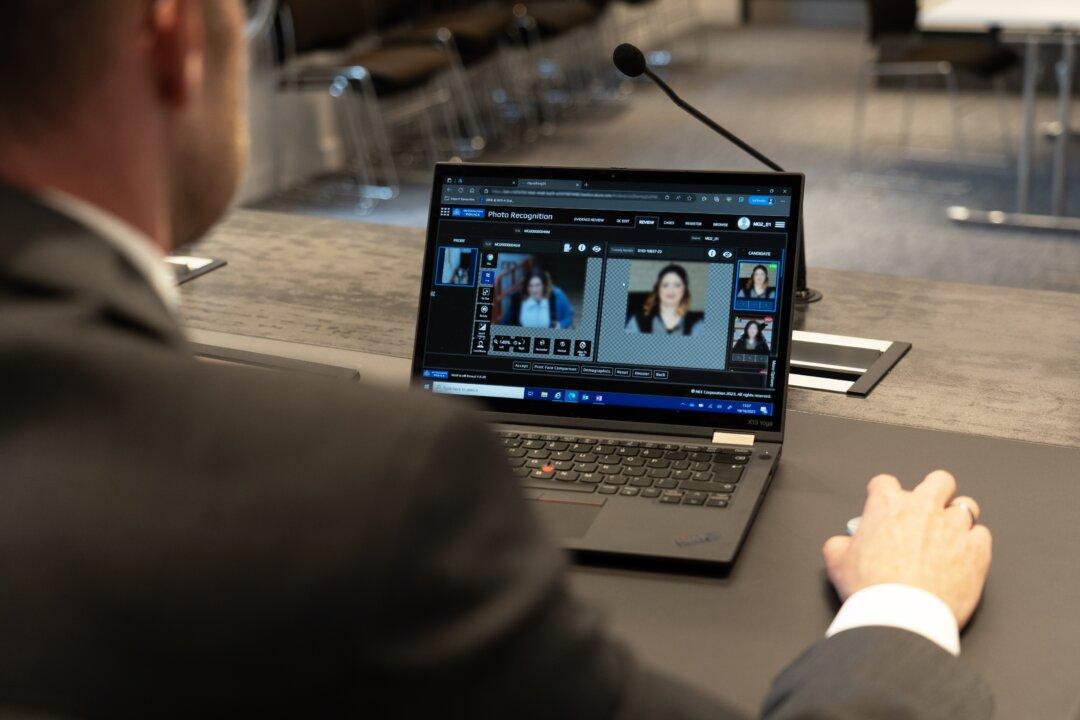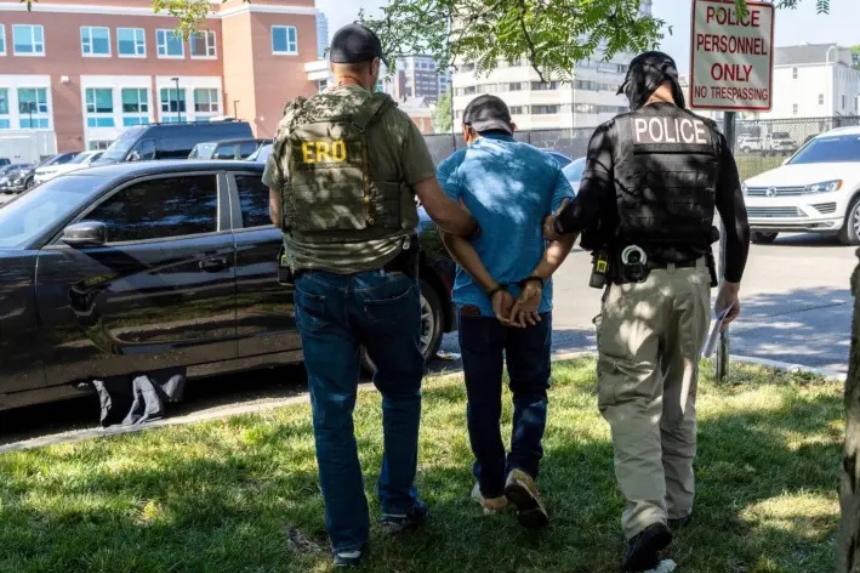The Metropolitan Police is using facial recognition technology to identify London’s most prolific shoplifters as retail crime soars.
The initiative was announced as data released by the Office for National Statistics showed shoplifting offences recorded by police forces in England and Wales rose by 25 percent in the past year.





